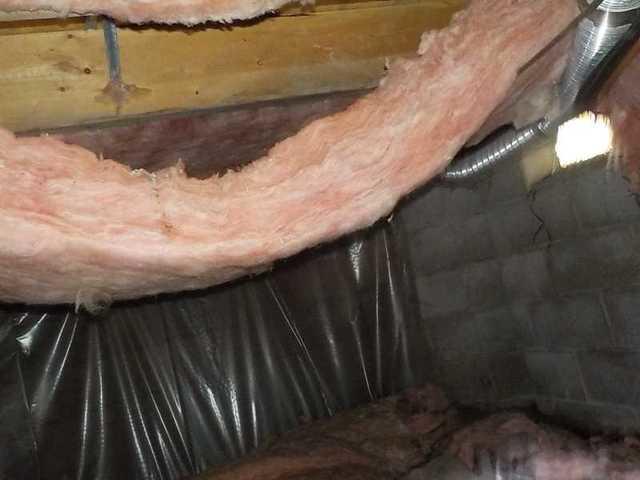
Falling Fiberglass Insulation in Wet Crawl Space
Fiberglass insulation is a bad idea for crawl spaces. Not only is it a readily available snack for mold, but it absorbs ambient moisture in the space and then eventually falls down. So you have a waterlogged, uninsulating mess.
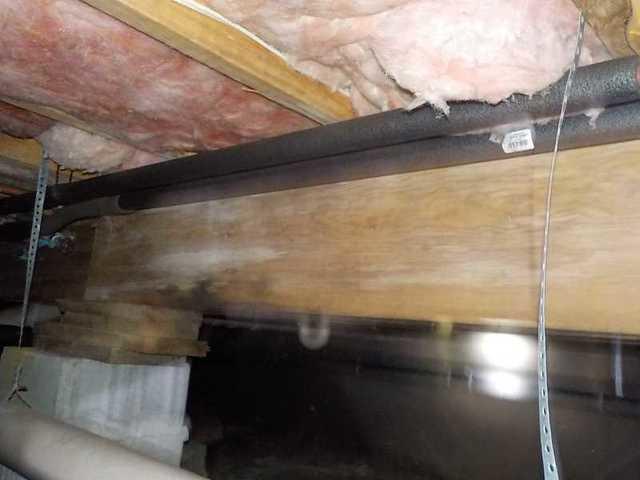
Water Damaged Beam in Crawl Space
This support beam is beginning to warp from constant humidity in the crawl space. Mold and staining are both signs of long term damage, and unless the moisture is eliminated, beams like this will decay and break.
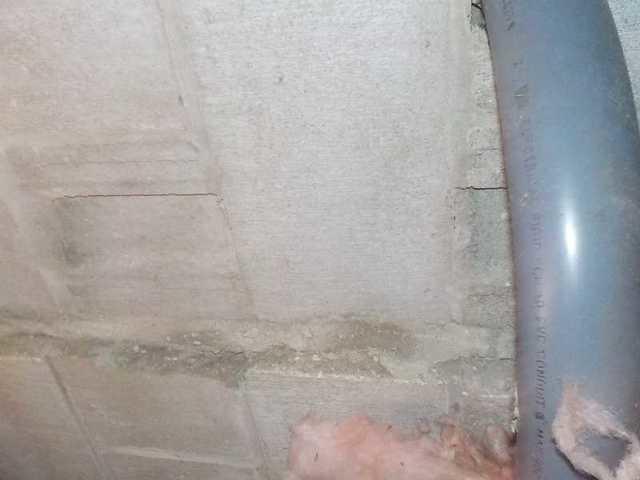
Crumbling Walls in Crawl Space
Water influx has caused some mild erosion on the walls. With time, if left untreated this erosion will increase until the wall crumbles.
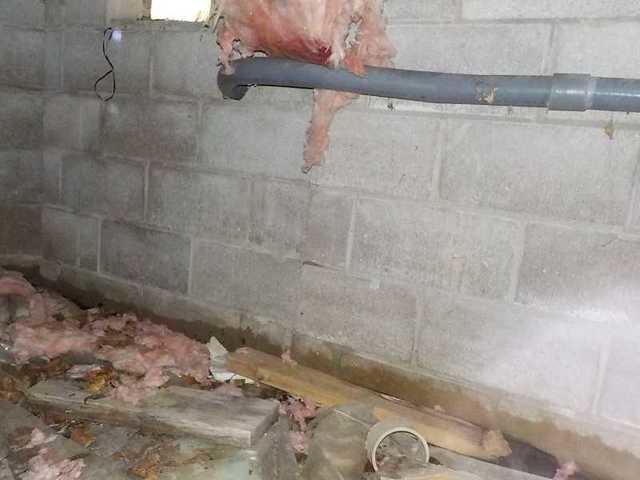
Waterlogged Debris in Crawl Space
Not only are the walls stained from water leakage, the debris on the floor of the crawl space proves there's been heavy flooding in the past.
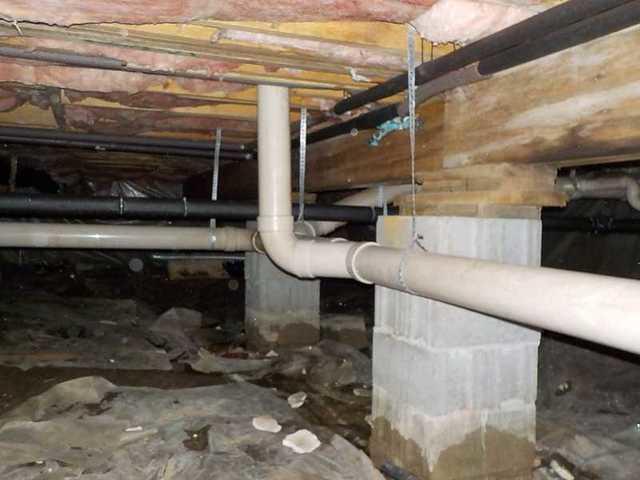
Mold and Water Damage in Crawl Space
Waterlogged insulation and discolored and warping beams both point to major water problems.

Clean, Dry, Energy Efficient Crawl Space
With a combination of CleanSpace, SilverGlo insulation panels, and FrothPak insulation in the joints, this crawl space is not only protected from water, but it's also insulated from the elements. This leads to lower energy bills.

SaniDry Dehumidifier Helps Control Ambient Moisture
A dehumidifier is vital for a basement dealing with humidity problems, as ambient moisture can be as detrimental to a crawl space as flooding.
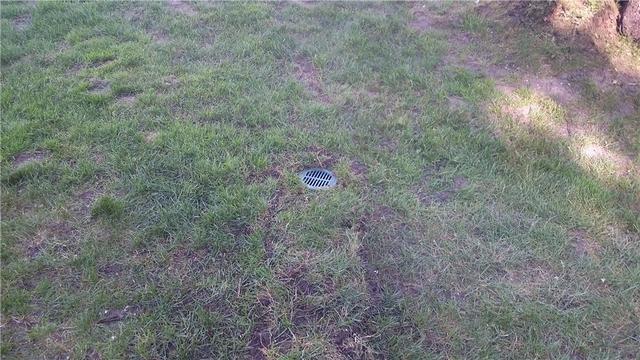
Lawnscape Outlet Allows Water Discharge Without Inconvenience
By burying the discharge line and affixing a Lawnscape outlet at the end of the line, we can discharge the water without creating trip hazards or disrupting landscaping.
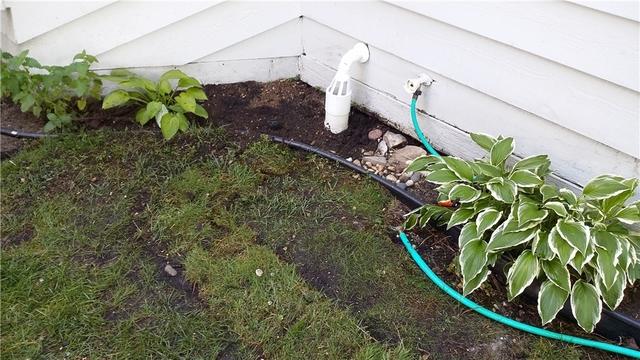
IceGuard Prevents Water Backup in Winter
Buried discharge lines can freeze in the winter, and this COULD mean water backing up into your crawl space. But if you get an IceGuard outlet on your discharge line, the water has an escape route that does not involve returning inside.
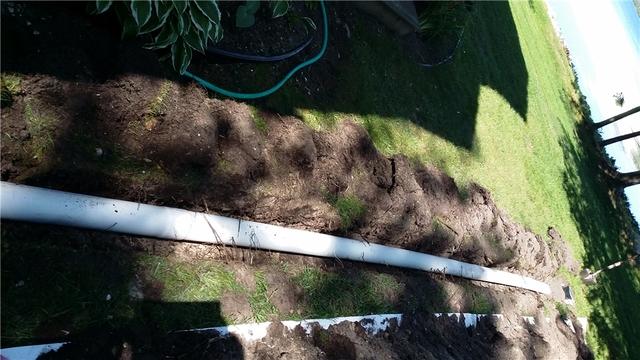
Discharge Line Works with Existing Landscaping
We bury the discharge line to prevent it from disrupting your landscaping, and extend it to work with the grade of your lawn so the water doesn't flow back toward the house.









